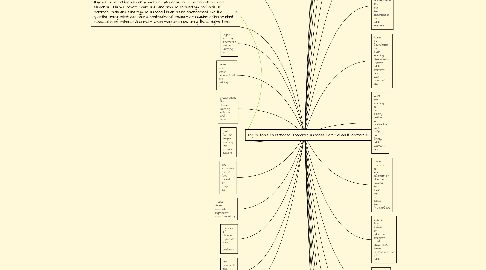Digital tools to increase academic success for the adult learner
by Leon Reinhart

1. References; (google engine) http://www.districtadministration.com/article/how-digital-literacy-foundation-academic-success http://gettingsmart.com/wp-content/uploads/2012/12/Digital-Learning-Deeper-Learning-Full-White-Paper.pdf
2. this will cover older students, working students and other non-traditional students. This will cover those that are new to technology and look at common tools and strategy to succeed in an online environment. So the question being what can help a nontraditional student or regular online student succeed in an online environment when they are new using these digital tools.
3. presented new challenges to most adults, as they are faced with having to constantly keep up
4. with the changes around them. Today more then ever, adult learners need to update their
5. knowledge for skills improvement, job advancement, and personal growth and understanding
6. (Lawson, 2005). Career changes and job changes are commonplace, which means today’s adult
7. must be able to acquire and assimilate new information to be able to survive. Adult learners
8. have several important characteristics that need to be considered. First, they need to feel that
9. whatever they learn is important and relevant to their lives. Second, adults like to be selfdirected
10. and responsible for their own learning, which is why distance learning is such an
11. appealing option for knowledge dissemination. Third, the life experiences of adult learners
12. form the foundation of their learning environment. Fourth, adult learners are goal oriented and
13. want the learning to be clearly defined with achievable goals. Fifth and finally, adult learners are
14. more motivated to learn information directly related to their job or social life (Rutherford,
15. 2004). Any training or education program must understand these characteristics of adult
16. learners to ensure the program is structured around their needs.
17. Traditionally, knowledge and training was provided in one of two ways: on-the-job
18. training supplied by your employer or personal learning by attending courses at a college or
19. university. However, both businesses and educational institutions are turning towards using
20. technology-based distance learning to make information and content available to adult learners
21. on their own schedules and pace. “It has become apparent that computer competency is
22. necessary not only for citizens to function efficiently on a personal level in our society, but to
23. develop, advance and succeed in their professional lives.” (Orr, Allen, Poindexter, & Canning,
24. 2001, p.26) However, this also presents a problem, as computer-based learning presents
25. several impediments to most adults today.
26. Digital learning promotes deeper learning in
27. three main ways: personalized skill building in
28. preparation for deeper learning; schools and tools
29. that foster deeper learning; and extended access
30. and expanded options (see Exhibit on page 12).
31. These three elements represent complementary
32. theories of change, important lines of evidence
33. and research, and three distinct rationales for
34. investment.


